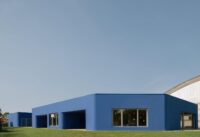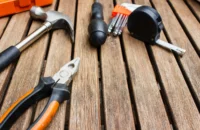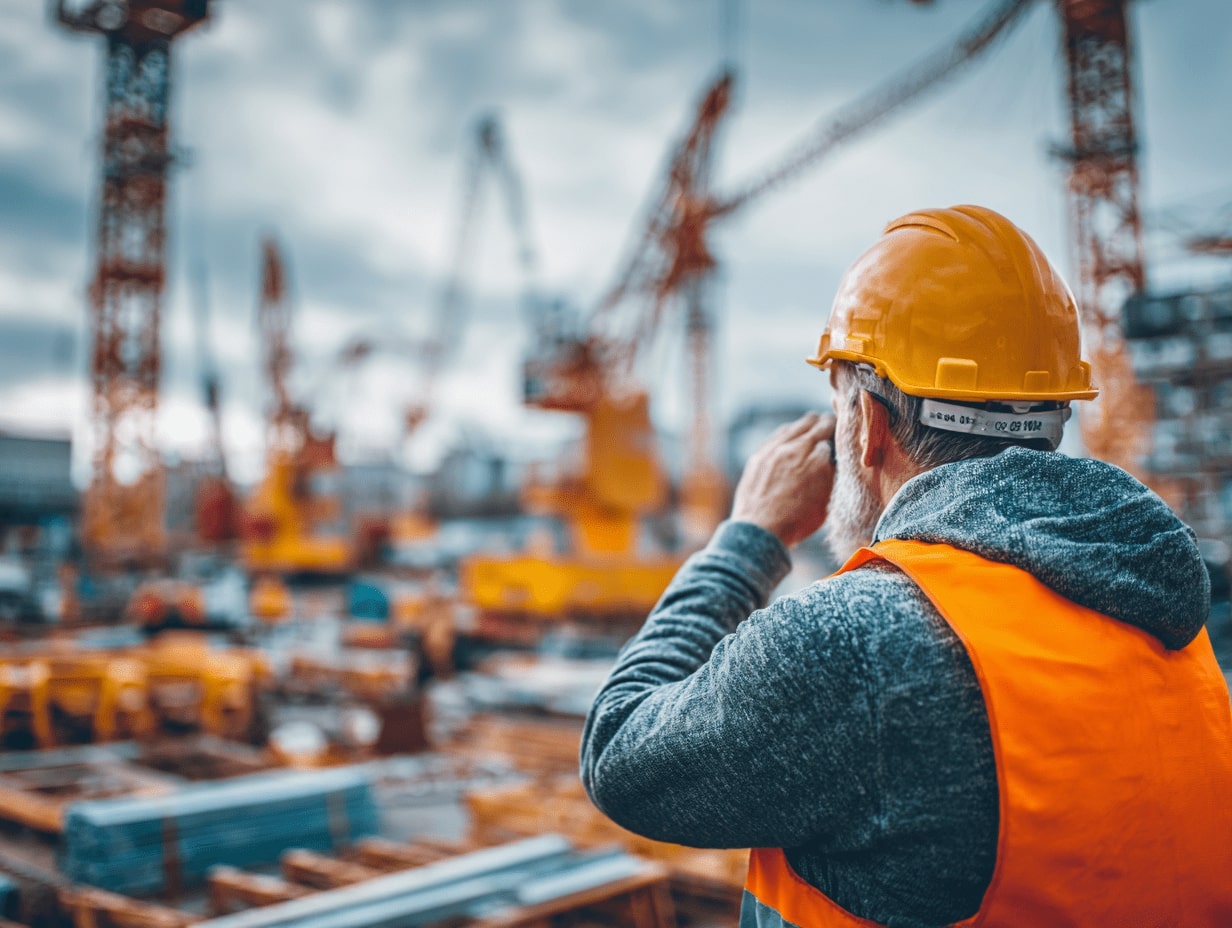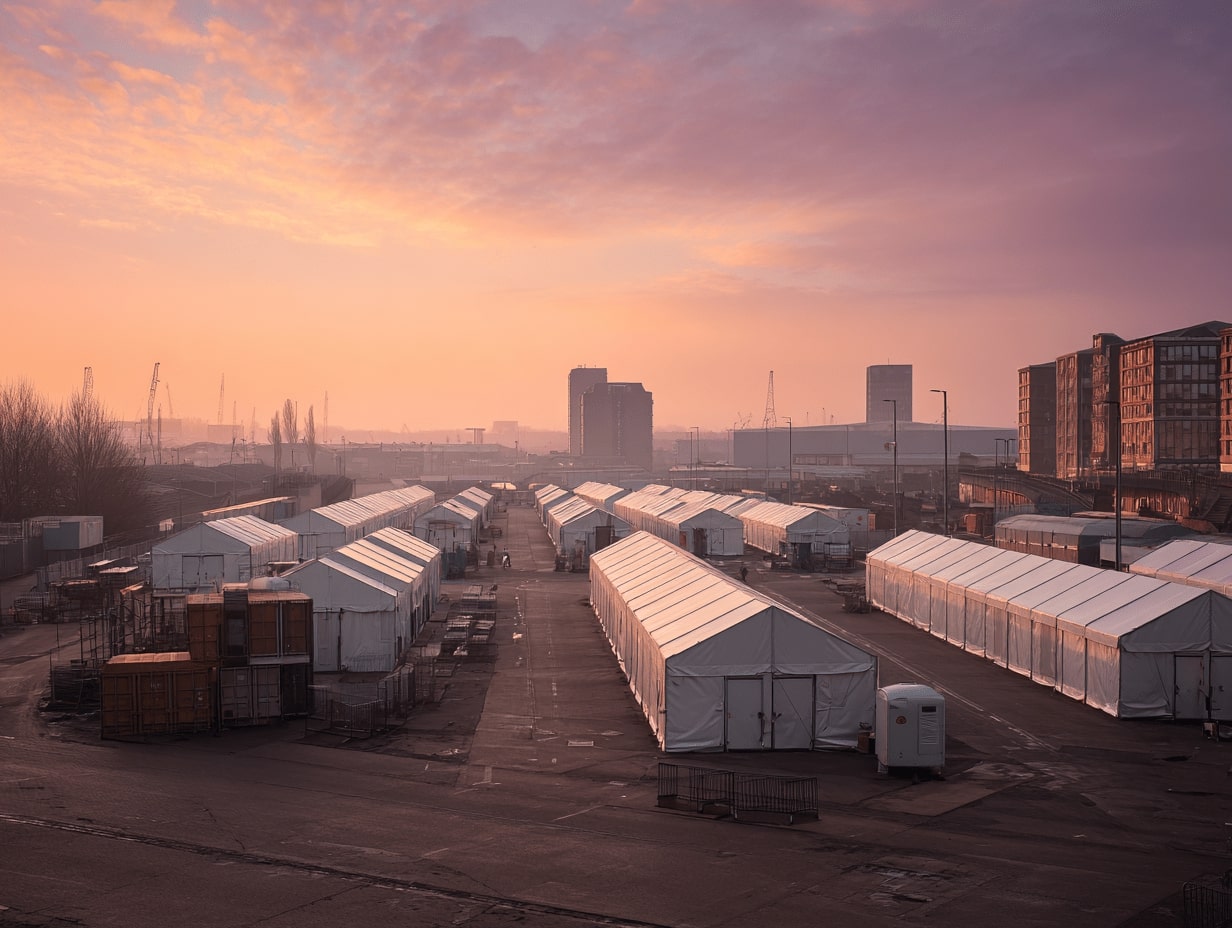- Home
- Articles
- Architectural Portfolio
- Architectral Presentation
- Inspirational Stories
- Architecture News
- Visualization
- BIM Industry
- Facade Design
- Parametric Design
- Career
- Landscape Architecture
- Construction
- Artificial Intelligence
- Sketching
- Design Softwares
- Diagrams
- Writing
- Architectural Tips
- Sustainability
- Courses
- Concept
- Technology
- History & Heritage
- Future of Architecture
- Guides & How-To
- Art & Culture
- Projects
- Interior Design
- Competitions
- Jobs
- Store
- Tools
- More
- Home
- Articles
- Architectural Portfolio
- Architectral Presentation
- Inspirational Stories
- Architecture News
- Visualization
- BIM Industry
- Facade Design
- Parametric Design
- Career
- Landscape Architecture
- Construction
- Artificial Intelligence
- Sketching
- Design Softwares
- Diagrams
- Writing
- Architectural Tips
- Sustainability
- Courses
- Concept
- Technology
- History & Heritage
- Future of Architecture
- Guides & How-To
- Art & Culture
- Projects
- Interior Design
- Competitions
- Jobs
- Store
- Tools
- More
Revolutionizing Siding Construction for a More Durable Future

When it comes to home improvement, the siding of a property plays a crucial role not only in its aesthetic appeal but also in its overall durability and protection against the elements. One company that has been transforming the siding construction landscape is Plum Pro. With a reputation for top-tier craftsmanship and an unwavering commitment to excellence, Plum Pro has carved a niche in the industry, providing homeowners with innovative solutions that stand the test of time. However, this article will not solely focus on the company itself but will delve into the broader benefits and considerations when it comes to choosing the right siding for your home, exploring options, and understanding the importance of siding installation.
Table of Contents
ToggleWhy Siding Matters
Siding is more than just a decorative element of your home; it serves as the primary barrier protecting your home’s structure from environmental factors such as rain, snow, wind, and extreme temperatures. The right siding material will also contribute to the energy efficiency of your home by providing insulation. Additionally, the style and quality of siding can significantly influence the overall curb appeal of a house.
Types of Siding Materials
When selecting siding for your home, it’s essential to consider the material, as each type comes with distinct advantages and drawbacks. Below, we’ll discuss some of the most popular siding options on the market today, giving you a comprehensive view of what’s available.

1. Vinyl Siding
One of the most commonly used siding materials in residential construction, vinyl siding is highly regarded for its affordability, low maintenance, and versatility. It comes in a wide range of colors and styles, including traditional horizontal lap siding, vertical panels, and shakes. Vinyl is also highly resistant to weathering, meaning it won’t warp, crack, or fade over time, making it a practical choice for homeowners looking for long-term value. However, it may not offer the same level of insulation as some other materials, and extreme temperature fluctuations can cause it to expand and contract.
2. Wood Siding
For homeowners seeking a more natural, rustic look, wood siding is an excellent choice. Available in a variety of finishes such as cedar, redwood, and pine, wood siding offers unique visual appeal and can be customized to fit any home style. It also provides good insulation, helping to keep the home comfortable in various weather conditions.
However, wood siding requires more maintenance compared to other materials. It needs regular staining, sealing, and sometimes replacement of damaged planks due to weathering or pests. Despite the maintenance requirements, many homeowners find that the natural beauty of wood makes the investment worthwhile.
3. Fiber Cement Siding
Fiber cement siding is a newer alternative that has been gaining popularity due to its combination of strength, durability, and fire resistance. It is made from a mixture of cement, sand, and cellulose fibers, which makes it resistant to rot, termites, and harsh weather conditions. Fiber cement can mimic the appearance of wood, stucco, or masonry, giving homeowners a variety of aesthetic options. It’s also relatively low-maintenance, requiring only occasional cleaning and repainting.
The primary downside of fiber cement is its cost. It tends to be more expensive than vinyl and wood siding, both in terms of materials and installation. However, considering its longevity and durability, it can be an excellent investment in the long run.
4. Stucco Siding
Stucco is a popular choice in areas with warm climates, particularly in Southwestern and Mediterranean-style homes. Known for its smooth, seamless look, stucco provides excellent insulation and soundproofing. It is also highly durable, offering resistance to the elements, insects, and fire. Additionally, stucco has a distinctive texture that can elevate the curb appeal of a home, giving it a timeless, classic appeal.
On the downside, stucco can crack over time, particularly in regions with significant temperature fluctuations. It is also more labor-intensive to repair than some other materials. Stucco installation requires a skilled crew to apply the material properly and ensure long-term durability.
5. Brick and Stone Siding
For those seeking the ultimate in durability and elegance, brick and stone are among the most premium siding options available. These materials offer unmatched strength and fire resistance and require minimal maintenance. They also have excellent insulating properties, which can contribute to energy savings over time.
However, brick and stone can be incredibly costly both in terms of materials and installation. Additionally, brick can sometimes absorb moisture, leading to potential issues with mold or mildew if not properly maintained. Stone, while incredibly strong, can also be challenging to repair if damaged.
The Importance of Proper Installation
Regardless of which siding material you choose, proper installation is paramount to ensuring your siding performs at its best. Improper installation can lead to a variety of issues, such as leaks, gaps, and reduced insulation effectiveness, which can negatively affect both the comfort and appearance of your home.
For this reason, it’s essential to work with a skilled contractor who understands the nuances of different siding materials and the best practices for installation. Whether you opt for wood, vinyl, or fiber cement siding, working with a professional ensures that your siding is installed according to industry standards, providing long-lasting protection for your home.
Energy Efficiency and Insulation
When choosing siding, it’s essential to consider the insulation benefits. Not only does quality siding help protect your home’s structure, but it can also play a significant role in improving your home’s energy efficiency. Certain types of siding, such as insulated vinyl or fiber cement with foam backing, can reduce heat transfer, keeping your home warmer in winter and cooler in summer. This can help reduce energy bills over time.
In addition to insulated siding, another consideration is the installation of a weather-resistant barrier, which adds an extra layer of protection and can further enhance your home’s insulation. When combined with other energy-efficient features like double-glazed windows and proper sealing around doors, high-quality siding can significantly improve your home’s energy performance.
Maintenance Requirements
One of the most important factors to consider when selecting siding is the level of maintenance required. Vinyl siding, for example, is relatively low-maintenance and only requires occasional cleaning to keep it looking fresh. On the other hand, wood siding requires regular maintenance to preserve its appearance and integrity.

When planning for long-term upkeep, it’s important to factor in both the initial cost of installation and the ongoing maintenance costs. Materials like fiber cement or stucco may have a higher upfront cost, but their low maintenance requirements can save money in the long run.
Curb Appeal and Home Value
Aside from the practical benefits of siding, it also plays a significant role in determining your home’s curb appeal and overall value. Whether you’re planning to sell your home or simply improve its aesthetic, choosing the right siding material can have a big impact.
For example, wood siding may appeal to buyers looking for a natural, traditional look, while modern materials like fiber cement may attract those interested in a more contemporary style. Even small details, such as the choice of color or texture, can greatly enhance your home’s exterior. High-quality, well-maintained siding can also contribute to higher resale value, making it a worthwhile investment.
Cost Considerations
Siding is a significant investment, and the cost will vary depending on the type of material you choose, the size of your home, and the complexity of the installation. Vinyl siding tends to be the most affordable option, followed by wood and fiber cement. Brick and stone are generally the most expensive.
In addition to material costs, consider the labor costs associated with installation. While DIY installation may seem like a cost-saving measure, improper installation can result in costly repairs down the road. Working with a professional contractor may have a higher upfront cost, but it ensures a job well done and minimizes the risk of future issues.
Conclusion
Selecting the right siding for your home is an important decision that involves a balance of aesthetic appeal, durability, energy efficiency, and cost. While there are many materials available on the market, each with its own benefits and drawbacks, it’s crucial to choose one that aligns with your priorities and long-term goals.
Investing in high-quality siding and ensuring proper installation is a surefire way to improve your home’s appearance, protect its structure, and increase its energy efficiency. Whether you choose vinyl, wood, fiber cement, or another material, make sure to consult with a professional contractor who can help guide you through the selection and installation process.
In the end, your home’s siding is not just a cosmetic element but a critical part of its overall functionality. By making an informed decision, you can ensure that your home remains safe, efficient, and beautiful for many years to come.
illustrarch is your daily dose of architecture. Leading community designed for all lovers of illustration and #drawing.
Submit your architectural projects
Follow these steps for submission your project. Submission FormLatest Posts
Why Legal Support Is Critical After a Serious Construction Accident
If you are dealing with a construction accident or have ever watched...
7 Common Myths Every Contractor Should Stop Believing
The construction landscape is a complicated place at the best of times,...
Automation in Construction: Why Human Safety Still Matters
Automation in construction can cut injuries, but new risks emerge. Learn practical...
The Beauty of Temporary Buildings: Why Ephemeral Architecture Captivates Us
Explore the beauty of temporary buildings with design principles, sustainable materials, and...












Leave a comment